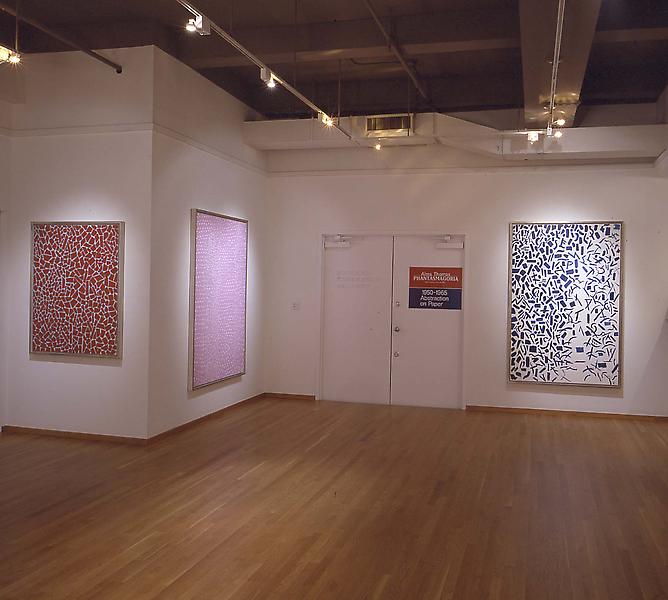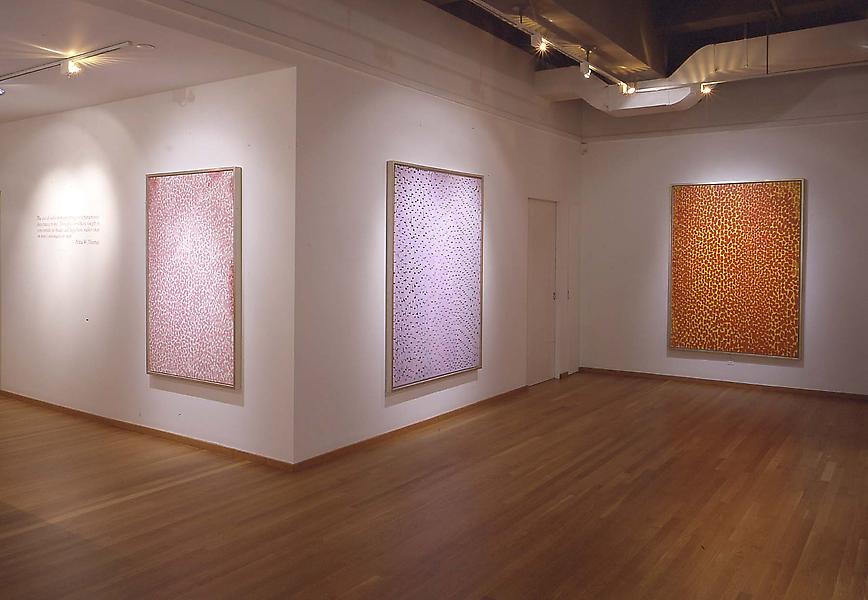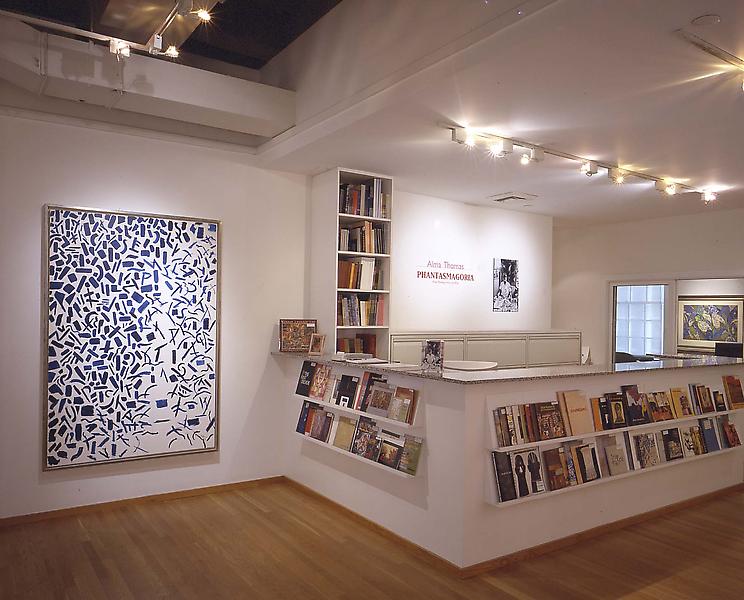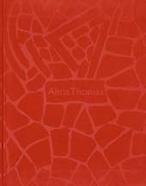Alma W. Thomas is known for her large-scale abstract paintings comprised of rhythmic marks of color. Born in Columbus, Georgia, Thomas studied in Washington, DC at the Miner Normal School (1911-1913); Howard University with James Herring (1921-1924); and later received her MA from Columbia University, New York (1930-1934). While supporting herself as a teacher, Thomas painted still-lifes, created ceramic sculptures and directed marionette plays. However, in 1950 at the age of fifty-five, she began a formal study of art at American University in Washington, DC with painted Jacob Kainen. Gradually departing from realism, Thomas’ brushwork loosened, and by the late 1950s, she found her voice in abstraction, patterning geometric shapes in rich colors against solid backgrounds. her monumental canvases created in the 1960s were informed by the local abstract movement in Washington, DC known as the “Washington Color School,” which included artists Morris Louis and Kenneth Noland, but her interest in color experimentation aligns her more closely to Josef Albers,
September 13 – November 3, 2001
Artists
Press
Publications
Press Release
Johannes Itten and Wassily Kandinsky. Inspired by nature, by her own observations of earthly and celestial phenomena and by knowledge of recent discoveries in the sciences, her work is devoid of political content, and reflects her belief that “modern art, at its best, transcended politics and temporal concerns.” In 1972, Thomas had the first solo exhibition given to an African-American woman by the Whitney Museum of American Art. Most recently, in 1998, the Fort Wayne Museum of Art organized a traveling retrospective of her paintings. Thomas is represented in numerous museum collections including the Art Institute of Chicago, The Columbus Museum, The Metropolitan Museum of Art and the Wadsworth Atheneum Museum of Art.
To learn more about Alma Thomas, please visit our Artists section.






